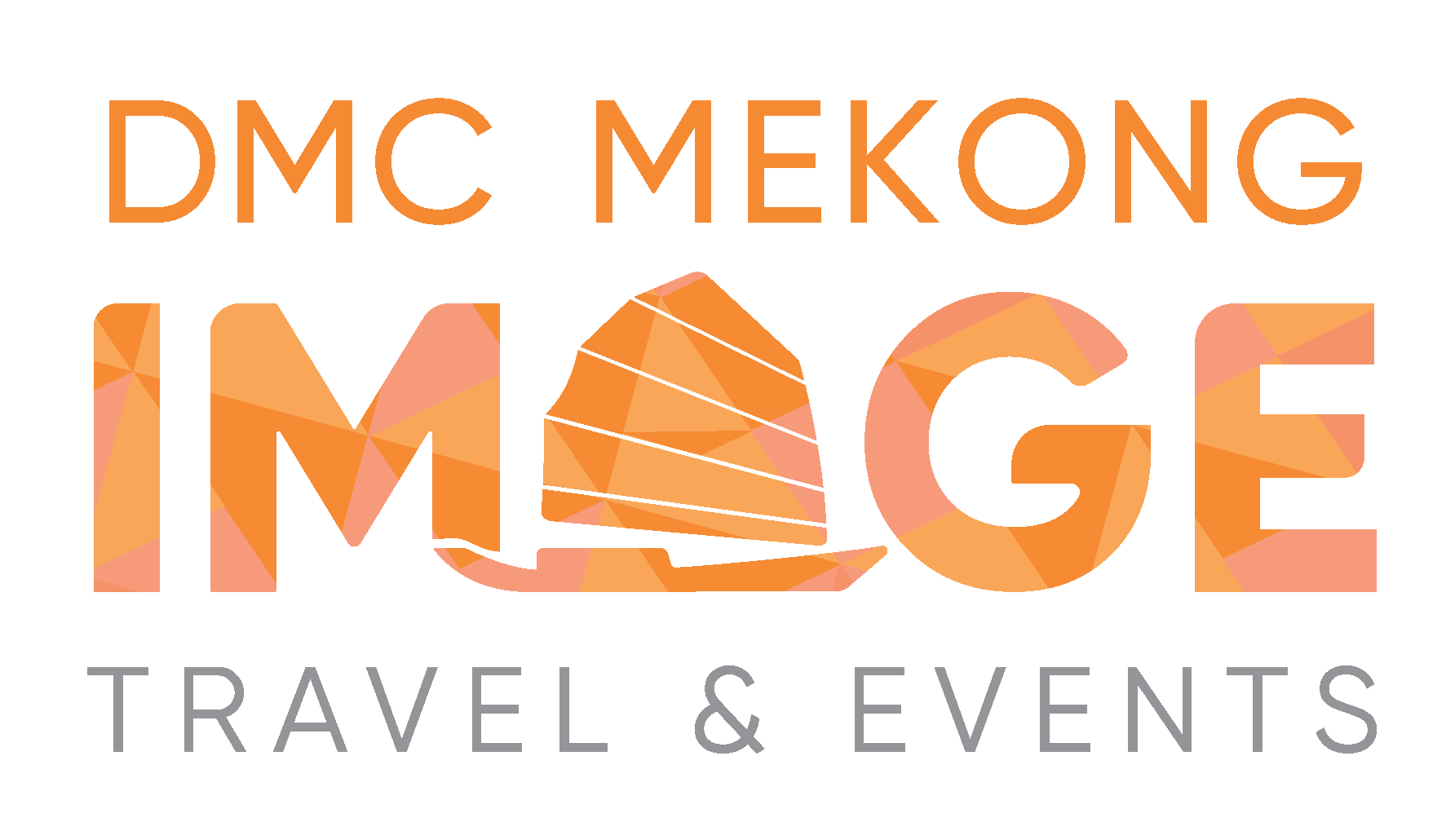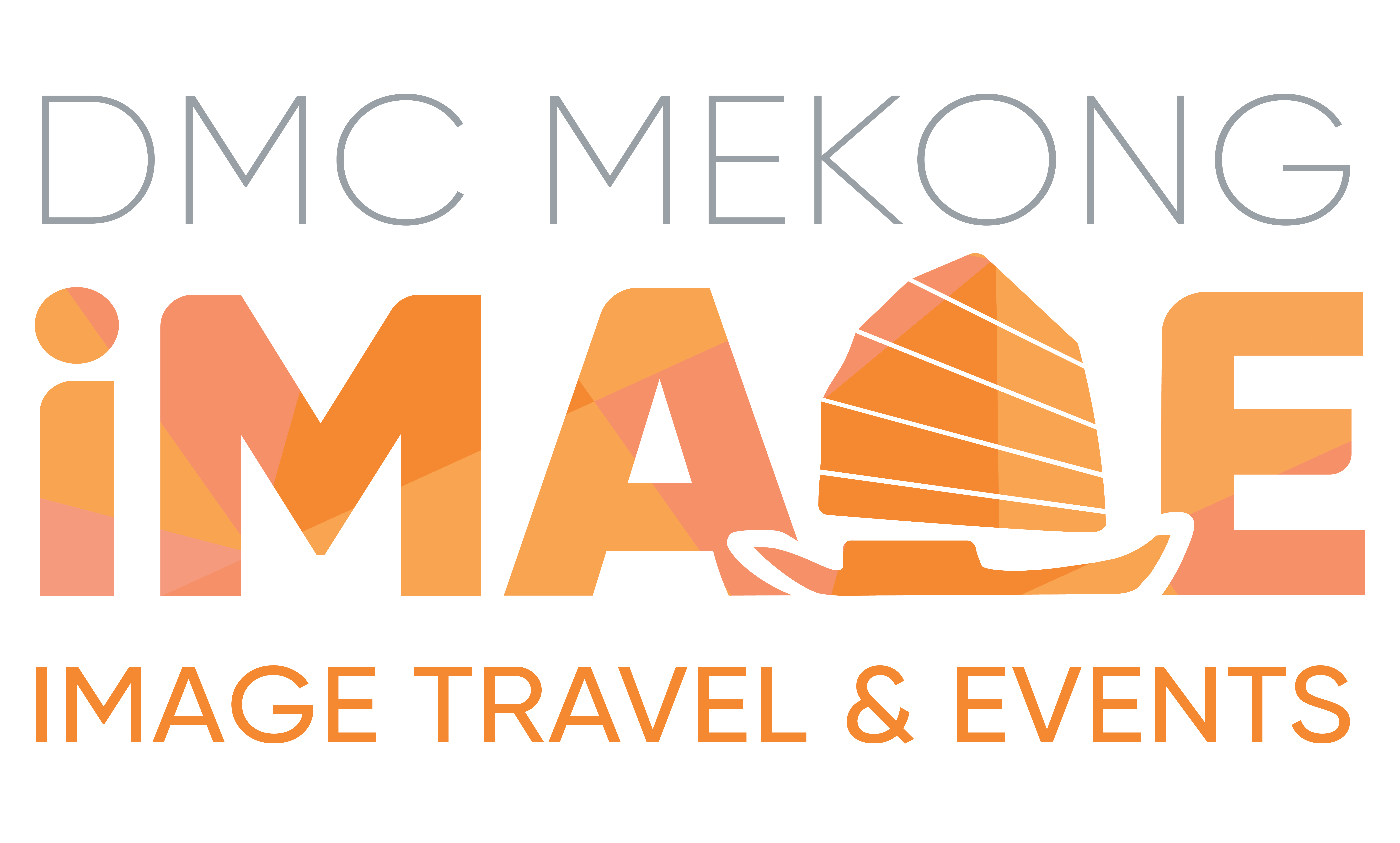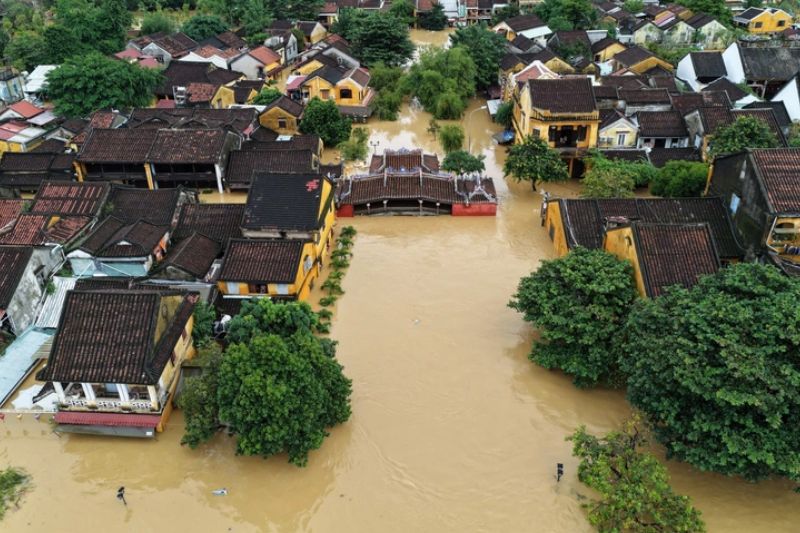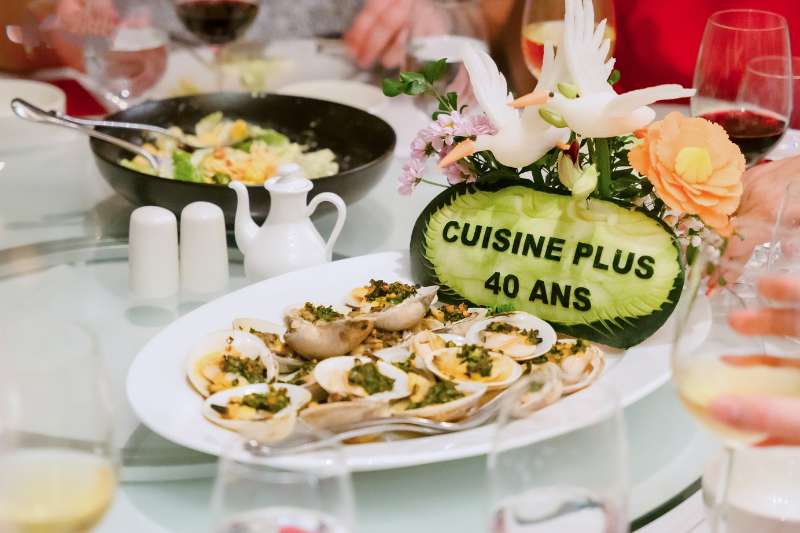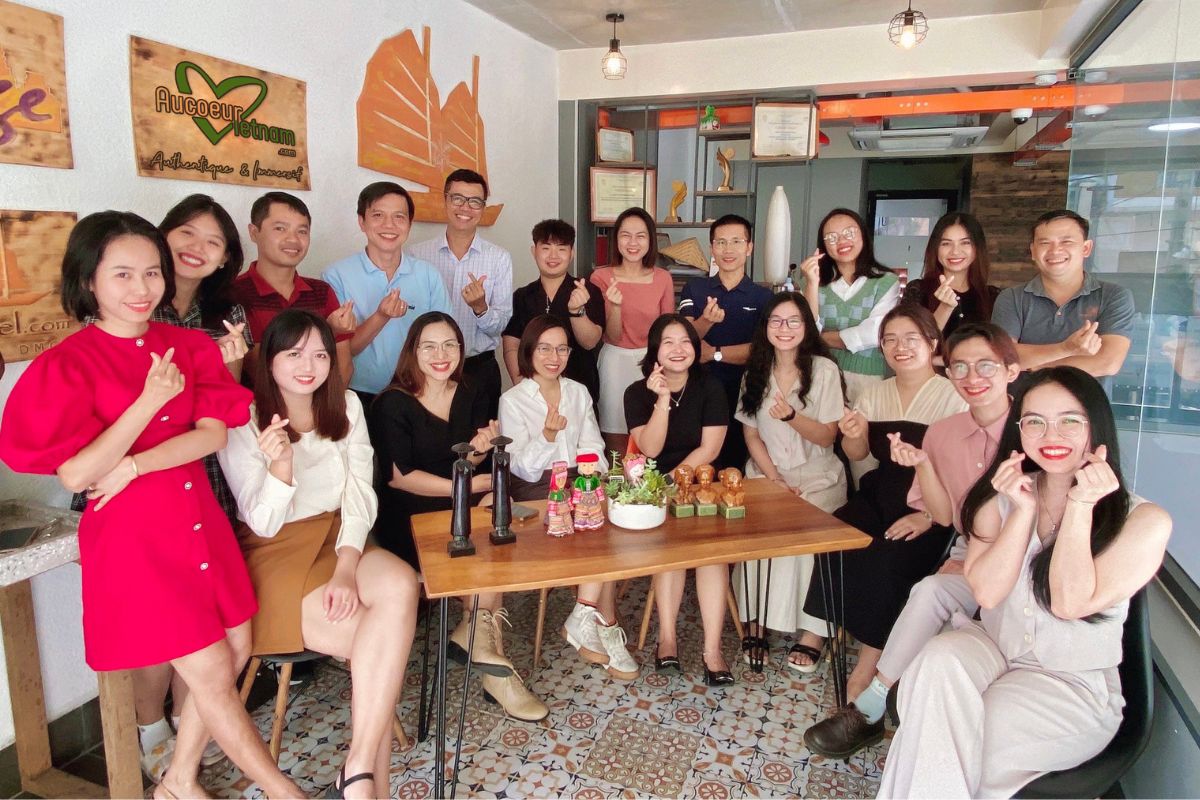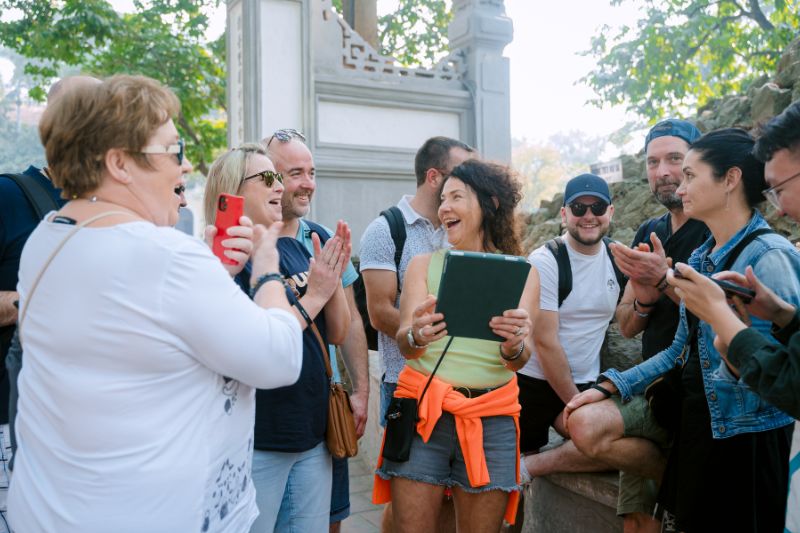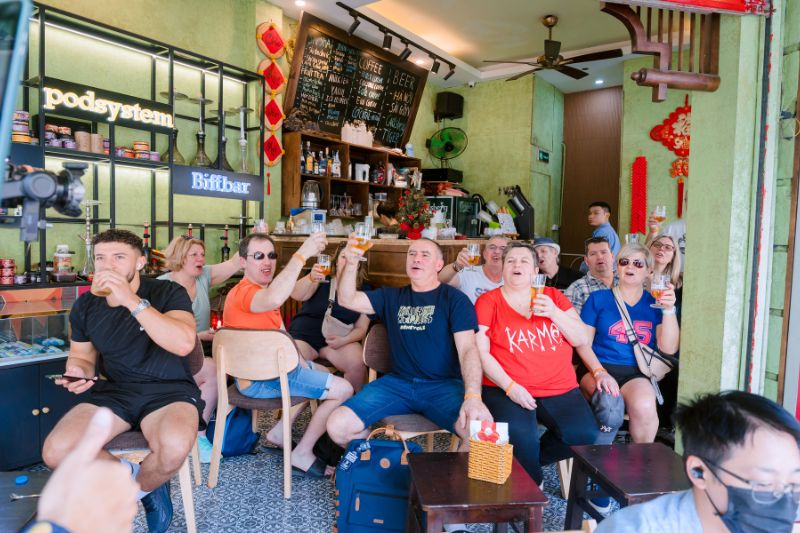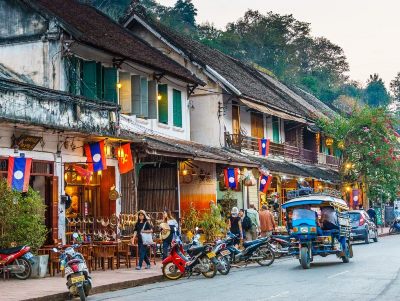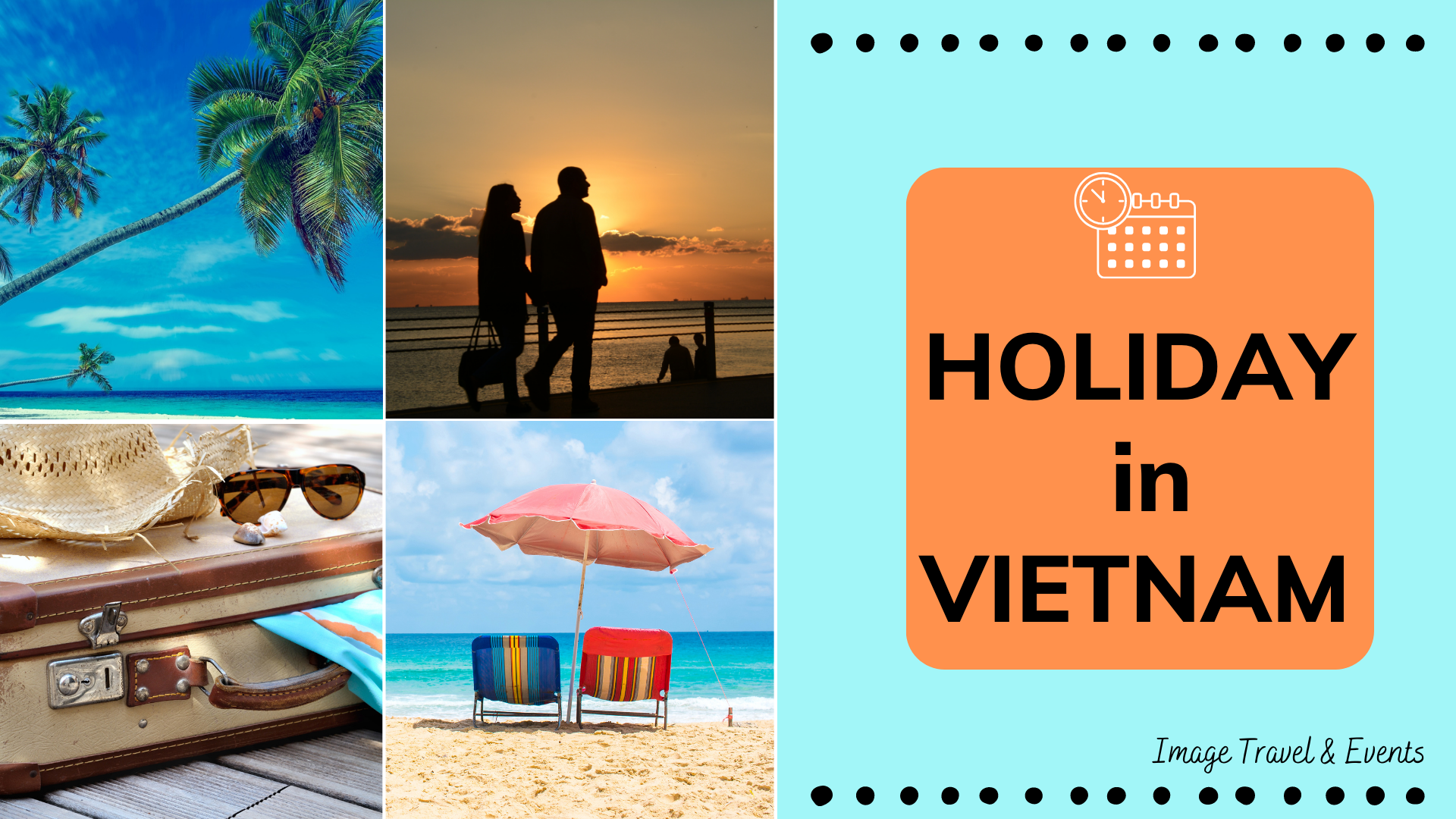
Holiday in Vietnam
Vietnam is one of the countries that have many holiday in a year, so If you are considering a trip to Vietnam, you should be aware of the national holidays so that you can equip yourself with the right gear for the trip. Image Travel has listed all the big holidays in a year for anyone who needs them,
- New Year – Jan 1st
- Tet Nguyen Dan (Lunar New Year) – Celebrated in late January or early February
- Vietnamese Mid-Autumn Festival – Celebrated on the 15th day of the 8th lunar month
- Hung King Festival – Celebrated on the 10th day of the 3rd lunar month
- Thanh Minh Festival – Celebrated on the 3rd day of the 3rd lunar month
- liberation Day – April 30
- International Workers’ Day – May 1
- National Day – September 2nd
1. New Year’s Day
Often occur in January 1st is a global holiday celebrated by many countries, including Vietnam. In Vietnam, the holiday is called Tết Dương Lịch, which translates to “Western calendar Tet,” and it is a time for family gatherings, traditional foods, and good wishes for the coming year.
Although the lunar new year (Tet Nguyen Dan) is more widely celebrated in Vietnam, many people still recognize and celebrate January 1st as the start of a new year. On this day, families often gather together to share a meal and exchange gifts. It is also common for people to visit temples or pagodas to pray for good luck and blessings for the upcoming year.
One of the traditional foods eaten during Tết Dương Lịch is bánh chưng, a sticky rice cake filled with mung beans and pork. Other popular foods include boiled chicken, pickled onions, and a variety of fruits such as watermelon, grapefruit, and oranges.
In addition to the festivities, Tết Dương Lịch is a time for reflection and goal-setting. Many people take the opportunity to reflect on the past year and set goals for the upcoming one, often writing down their aspirations and wishes on red paper to be hung around the house.
Overall, Tết Dương Lịch is a time of joy, celebration, and hope for the future in Vietnam.
- Lunar New Year
Vietnamese usually called Tết Nguyên Đán is the most important traditional Vietnamese festival. As per the lunar calendar, the holiday usually falls between late January to mid-February.
Preparations for Tết usually commence weeks before the holiday. Vietnamese households undergo a thorough cleaning, decorating the interior with peach blossoms, kumquat trees, and incense. The customs aim to rid the old year’s negativity, expelling potentially bad luck, while welcoming prosperity of the new year.
Central to Tết is the act of visiting relatives as a mark of respect and gratitude. Family reunions over traditional meals like Bánh Tét, sticky rice cakes filled with mung bean paste and pork belly, or Bánh Chung, sticky rice cakes with savory stuffing are common.
Red envelopes or “lì xì” in Vietnamese are passed down from the elders to the young ones as a sign of good luck, typically containing fresh currency as the New Year commences. Furthermore, Tết is a time for forgiveness and reconciliation. As the new year dawns, Vietnamese people seek forgiveness from their families, friends, and colleagues for any wrongdoings that might have happened in the past year.
Lunar New Year lasts for three days and marks the start of a new Zodiac year. In the year 2021, Tết marks the start of the Year of the Ox. Tết starts with fireworks and continues with numerous activities such as lion dances, dragon dances, temple fairs around the city, and traditional competitions like con throwing, or paper fan making.
In conclusion, Tết Nguyên Đán is a highly regarded festival celebrated by Vietnamese people, marked by family reunions, traditional foods, and offerings to ancestors. The cultural significance of this festival is undeniable and serves as a valuable reminder of how strong families, traditions, and cultures are treasured in Vietnam.
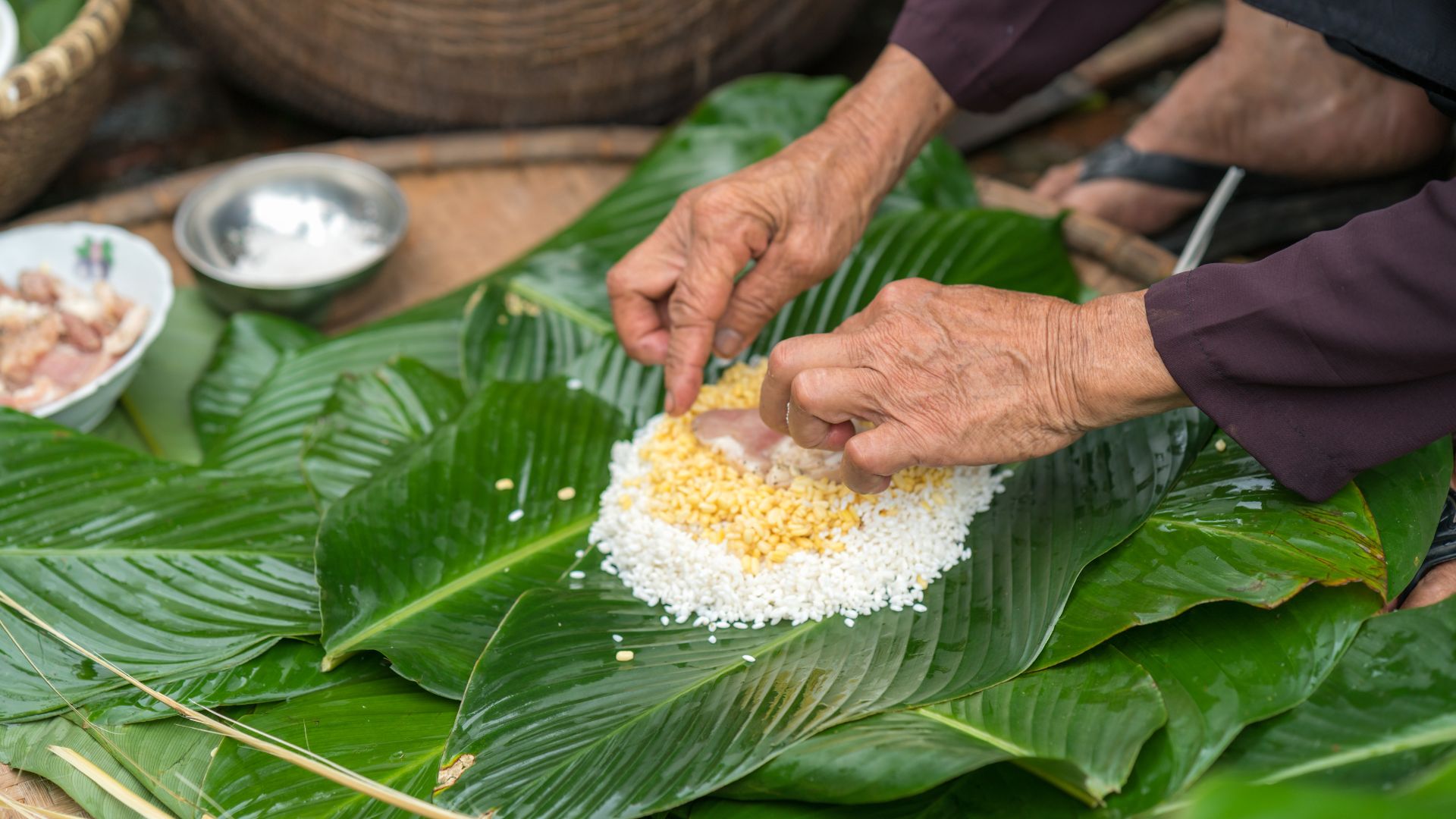
- The Vietnamese Mid-Autumn Festival
Usually called Tet Trung Thu, which is a significant traditional cultural festival celebrated on the 15th day of the 8th lunar month every year. This festival is a time to celebrate the harvest season, give thanks to ancestors and deities, and spend time with family and loved ones.
During this time, children are the focus of the celebration as they carry colorful lanterns and participate in lion dance performances. They also enjoy moon cakes and other festive treats. In addition, families often make offerings at their ancestral altars, light incense, and pray for good fortune.
The Mid-Autumn Festival in Vietnam has its own unique customs and traditions that add to the charm of this special day. It is a time of joy, happiness, and togetherness for people of all ages.
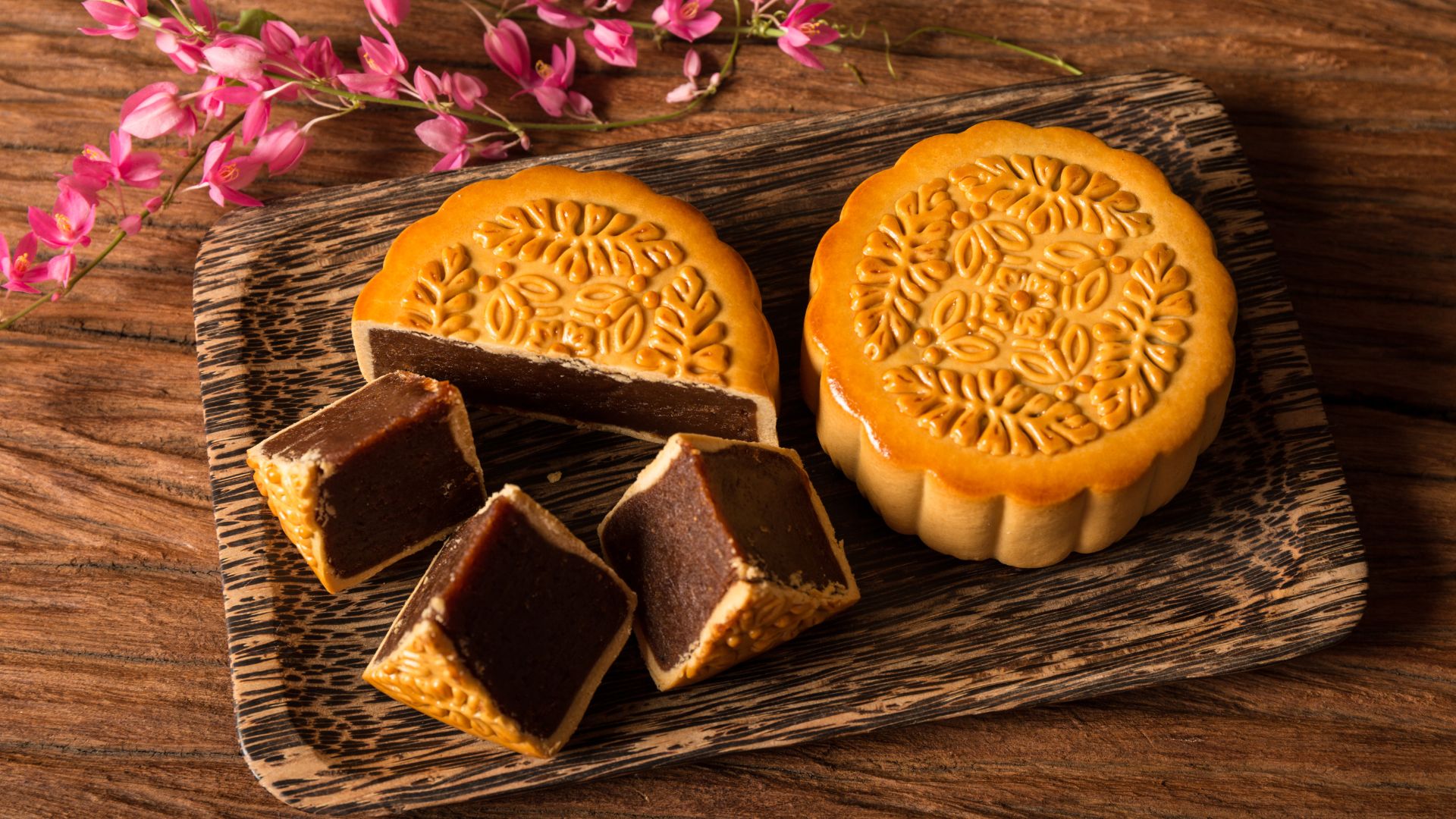
- The Hung Kings Festival
The Hung Kings Festival is one of the most important public holidays in Vietnam. This festival is held annually on the tenth day of the third lunar month to honor the Hung Kings, who are considered to be the legendary founders of Vietnam.
The festival is celebrated throughout the country, but the main celebration takes place in the northern province of Phu Tho, where many of the Hung Kings’ temples and shrines are located. During the festival, people make pilgrimages to these sites to offer incense, perform traditional rituals, and pray for good luck and prosperity.
In addition to religious and cultural performances, the Hung Kings Festival also features many traditional games and competitions, such as martial arts, folk singing, and lion dancing. There are also food markets and fairs that offer traditional Vietnamese cuisine and handicrafts.
Overall, the Hung Kings Festival is a time for Vietnamese people to connect with their history and cultural heritage, and to celebrate the traditions and values that make Vietnam unique.
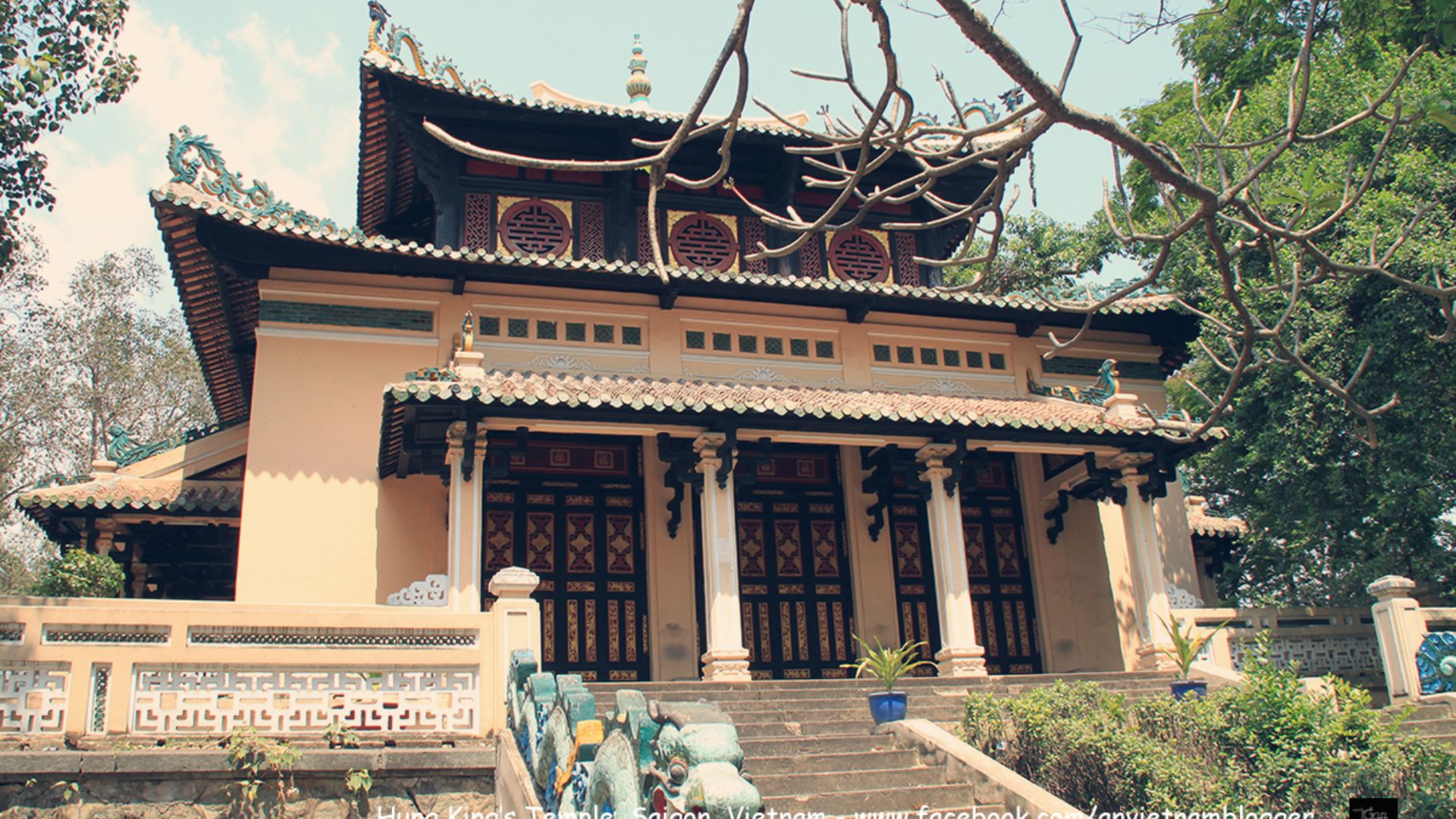
- Thanh Minh Festival
Thanh Minh Festival is also known as the “Pure Brightness Festival,” is an important traditional Chinese festival celebrated on the third day of the third lunar month. This day typically falls in early April in the Gregorian calendar.
During this festival, people pay homage to their ancestors and deceased loved ones by sweeping and cleaning their ancestral tombs, offering food and incense, and burning paper money known as “ghost money.”
Apart from honoring ancestors, people also engage in outdoor activities such as flying kites, playing traditional games, and enjoying the beauty of spring flowers. Another traditional activity during Thanh Minh Festival is the consumption of “Qingming rice dumplings,” which are glutinous rice cakes stuffed with meat, vegetables, or fruit, and wrapped with bamboo leaves.
Overall, Thanh Minh Festival is a time for reflection, paying respects, and enjoying the arrival of spring.

- Liberation Day – April 30thApril 30th is a national holiday in Vietnam to commemorate the Reunification Day or Liberation Day, which marks the end of the Vietnam War and the reunification of North and South Vietnam.
On this day, various celebrations and events take place across the country to remember the sacrifices made by Vietnamese soldiers and people during the war.
There are also parades, fireworks displays, and cultural performances that showcase the rich history and traditions of Vietnam.
Many people use this opportunity to travel and spend time with their families, while others participate in volunteer activities and charity work to help those in need. Overall, April 30th is a significant day in Vietnam’s history, and it is celebrated with pride and patriotism throughout the country.
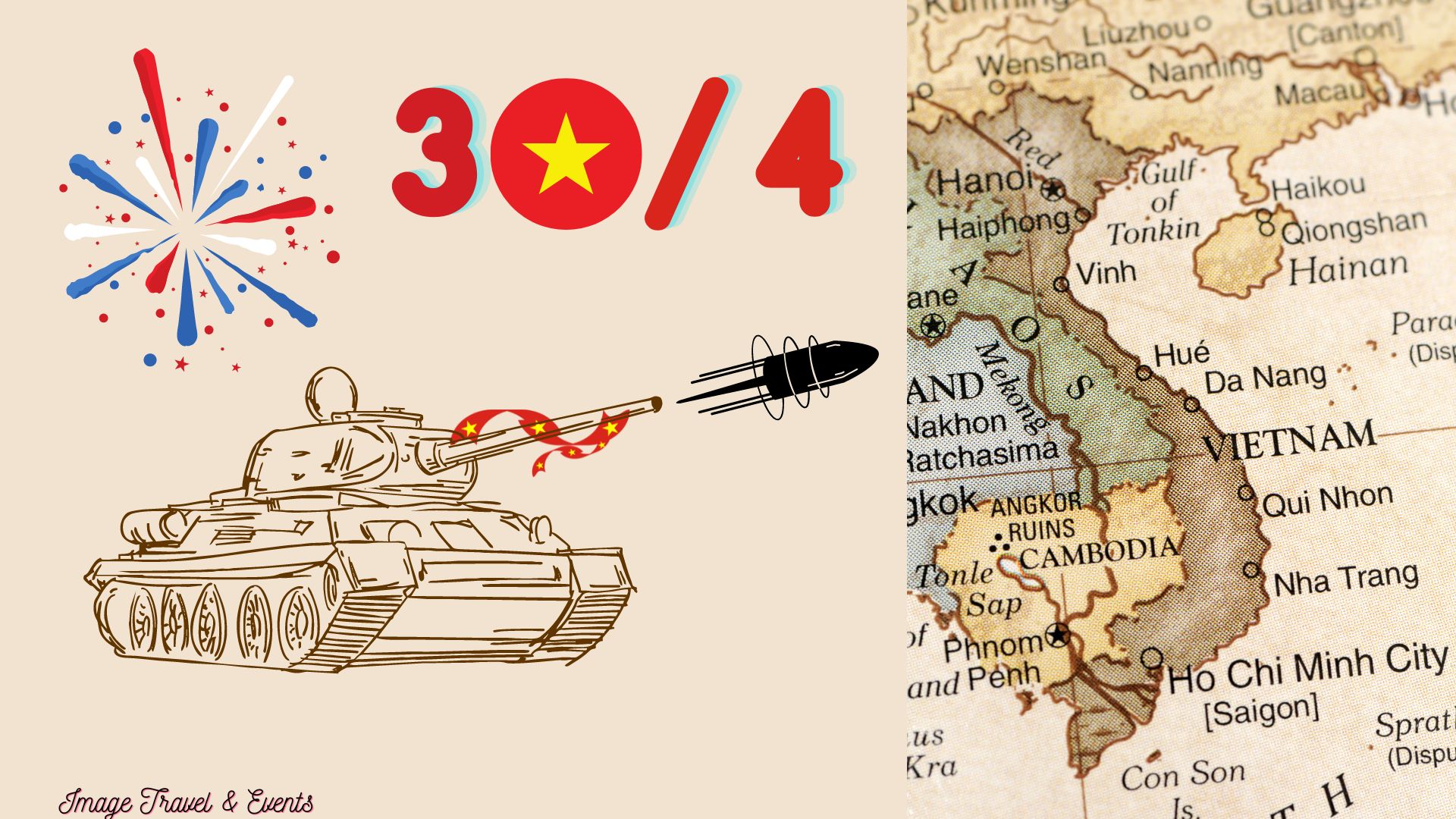
- International Worker’s Day – May 1stInternational Workers’ Day, also known as May Day, is a global holiday that is celebrated on the 1st of May each year. The day is dedicated to recognizing the contributions and achievements of workers worldwide, including protections for workers’ rights and improved working conditions. The origins of International Workers’ Day date back to the late 19th century, when labor activists in the United States began to call for an eight-hour workday. On May 1, 1886, thousands of workers went on strike to demand this right, which led to clashes with police in Chicago. The following day, a bomb was thrown at police, killing several officers and demonstrators. In the aftermath, eight anarchists were convicted of the bombing in a controversial trial, which became known as the Haymarket affair.Since then, May 1st has become an important day for workers’ rights and social justice movements around the world. Today, International Workers’ Day is celebrated by workers and labor organizations of all kinds, with speeches, rallies, and demonstrations.
It is a day to recognize the ongoing struggle for workers’ rights and to call attention to issues such as fair wages, safe working conditions, and workplace equality. It is also a day to celebrate the achievements of workers and to honor the sacrifices that have been made to secure better working conditions and opportunities for all.

- National Day – Sep 2nd
The National Day of Vietnam, also known as Vietnamese National Independence Day, is celebrated on September 2nd every year. It marks the day when President Ho Chi Minh declared Vietnam’s independence from French colonial rule in 1945.
This day is celebrated with great enthusiasm and pride throughout the country with parades, fireworks, cultural performances, and flag-raising ceremonies. The main venue for the celebrations is Ba Dinh Square in Hanoi, where President Ho Chi Minh read the Declaration of Independence. The day is also an opportunity for the Vietnamese people to remember and pay tribute to their ancestors and leaders who fought for their country’s independence.
